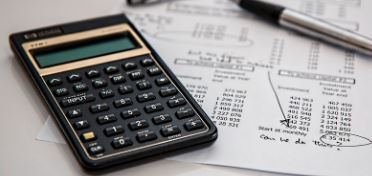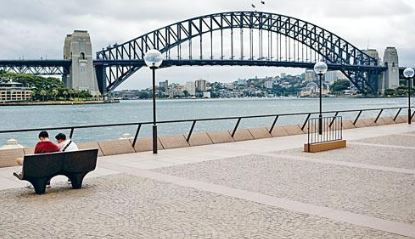
Foreword
The authorities imposed heavy restrictions on the scale, purpose and location of gatherings in public places to slow down the spread of COVID-19. Over the past two months, these escalating restrictions have had a huge impact, showing us how important public space is to the lives of our cities. In the long run, taking these measures may normalize our restrictions and supervision of public spaces and mutual access.
Currently, public health is a top priority. Many people have been greatly restricted from entering public places, but from this particular period, the relationship between public space and people may have been redefined.
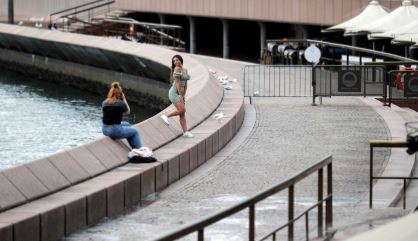
Restrictions have unreasonable effects

Studies have shown that restrictions on public space have a greater impact on people with fewer private spaces. People who do not have stable housing, and those who cannot enter the family space, often live in public places. Restrictions in public places have even greater consequences for these people. We can clearly see this relationship: these restrictions and instructions are reasonable to stay at home. This applies to most people.
The homeless are a different matter. For example, students may live in crowded environments and cannot share quiet private spaces to study, and these environments are shared, including family or informal accommodation. This is why researchers require restrictions on public spaces, and they must be accompanied by regulations to reduce the impact of people’s lives. Suggested measures include suspension of deportation and safe and free accommodation for bedridden people. Studies have also shown that restrictions on public gatherings and public places are a characteristic of many people’s daily lives before they are far away from their bodies.
A group of young people of color who gathered in public places often reported that they were stopped, searched and moved by police and security personnel. Low-income people have been excluded from commercial public places such as cafes and shopping malls. Those who request change or give past leaflets are prohibited from entering quasi-public places subject to special restrictions. People who cannot climb stairs cannot use basic public infrastructure lacking elevators or ramp access, such as train stations. . These pre-existing restrictions are the product of exclusion and injustice. We should not have tolerated this before the crisis, it requires us to refocus after the crisis.
We also know that the authorities responsible for supervising public places, including the police, often enforce rules and restrictions selectively. In Victoria, the police chief has made it clear that the police will use their own judgment to enforce current restrictions. The problem is that this cautious use may fail due to stereotypes and prejudices. For communities that have felt that they have been targeted unjustly by the police, the statement on the use of discretion will be reassuring.
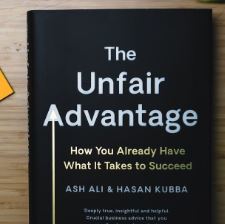
The restrictions must indeed be temporary

We must prevent common trends that make temporary measures more permanent. The police are given special powers to break the assembly, and some outstanding personnel who fail to comply with the restrictions are subject to time constraints. But once used for specific problems, the risk is that this power may be promulgated more frequently in the future.
We have seen this happen in closed public places for commercial activities. Each closure is reasonable and only temporary, but such closures have become increasingly common. The cumulative effect is the gradual commercialization of public spaces. One can also see how “temporary” experiments that use digital surveillance to slow infections become permanent. Technology companies are providing analysis of mobile phones and other data to depict public activities and track the activities and contacts of individuals infected with coronavirus.
This is the latest step in the urbanization of daily life data. This process erodes privacy and gives companies and governments more and more power. It is easy to see that “contact tracing” can also be applied to people who have participated in protest marches or uncertain people.
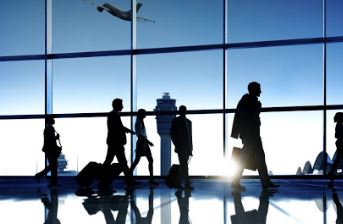
Restrictions must be resisted

We should reflect on how other restrictions are happening gradually, and how to normalize other restrictions, so as to minimize the restrictions.
For example, we saw crawling “gates” in public places such as parks and school ovals. When these spaces are not used for organized education or sports activities, the opportunity to enter these spaces for free is greatly reduced. Interestingly, when city authorities try to provide large groups of people with access to public spaces, they can maintain the recommended body distance in them, so some existing restrictions are being reconsidered. The city is closing the streets of cars to give pedestrians more space without having to crowd the sidewalks. Interestingly, once the physical distance limit is lifted, will this measure continue.
As with other aspects of society, recovery is not enough. When the next crisis comes, we must ensure that our public places are not unreasonably restricted.
